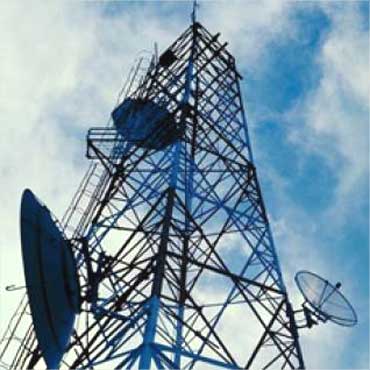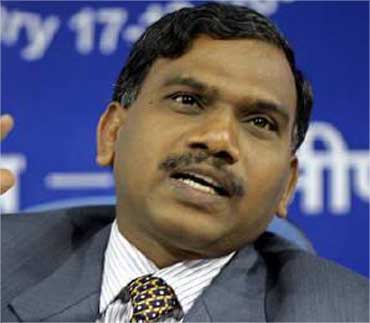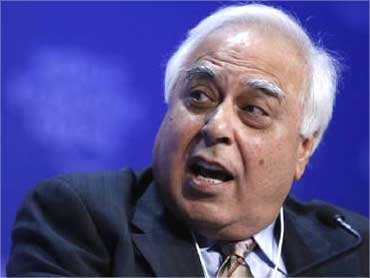Piyali Mandal & Surajeet Das Gupta
The comptroller & auditor general of India (CAG) will undertake a comprehensive audit of the country's total available spectrum, as well as its strategic and commercial use.
It will also determine whether the government has received fair value from the commercial use of spectrum.
To begin with, CAG has written to the department of telecommunications (DoT) seeking details on the total spectrum available, current use for strategic and commercial purposes, how much has been allocated to private telecom operators from 2000 onwards and at what value.
A top CAG official, confirming the development, said: "As auditors, we have the right to audit spectrum, which is a national resource. We have already written to DoT for information and will follow it up by writing to all other departments that have spectrum."
Apart from DoT, spectrum is also controlled by the department of space, ministry of defence and broadcasting authorities. DTH operators and terrestrial broadcasters also use spectrum.
. . .
CAG to conduct spectrum audit
Image: A Raja.Photographs: Reuters
The move is significant, as there is a growing consensus that the 2G telecom scam owes its genesis to the artificial scarcity of spectrum created by the lack of clarity on its availability.
There is also no clear road map on when spectrum will be available for commercial use, which is proving to be a stumbling block for operators planning long-term business strategies.
CAG has been at the centre of the current imbroglio, after it submitted a report stating that the exchequer suffered a notional loss of over Rs 1.7 lakh crore (Rs 1.7 trillion) because the government sold 2G spectrum at throwaway (read: 2001) prices to new operators granted licences during the tenure of former communications minister A Raja in 2008.
. . .
CAG to conduct spectrum audit
Image: Kapil Sibal.Photographs: Reuters
CAG's figure equates the price of 2G spectrum with that of the 3G auction price.
As fallout of the report, Raja was forced to resign and was subsequently arrested by the Central Bureau of Investigation on charges of extending ministerial favours to select telecom operators.
The need for a comprehensive evaluation of spectrum availability has been discussed by operators on several occasions.
The Telecom Regulatory Authority of India (Trai) had requested the government last year for a mandate to review spectrum use and efficiency, as well as identify solutions.
DoT under Raja's successor, Communications Minister Kapil Sibal, has assured operators that the government would prepare a blueprint on spectrum very soon.
. . .
CAG to conduct spectrum audit
Photographs: Reuters
In earlier reports, Trai had estimated that the telecom sector would require around 800 MHz with data use growing by 2014. It said 1,161 MHz of spectrum has been identified to meet this demand.
However, only a maximum of 454 MHz is presently available for the sector.
With spectrum being limited, the regulator says the aim of the frequency management administrator is to ensure allocative efficiency.
In other words, spectrum must be allocated in such a way as to maximise the creation of community wealth.
For instance, the 700 MHz band is currently with defence and broadcasting services. However, there is growing demand that the spectrum in this band be given to telecom operators for 4G auctions.
However, this would be possible only if defence vacates the spectrum.







article